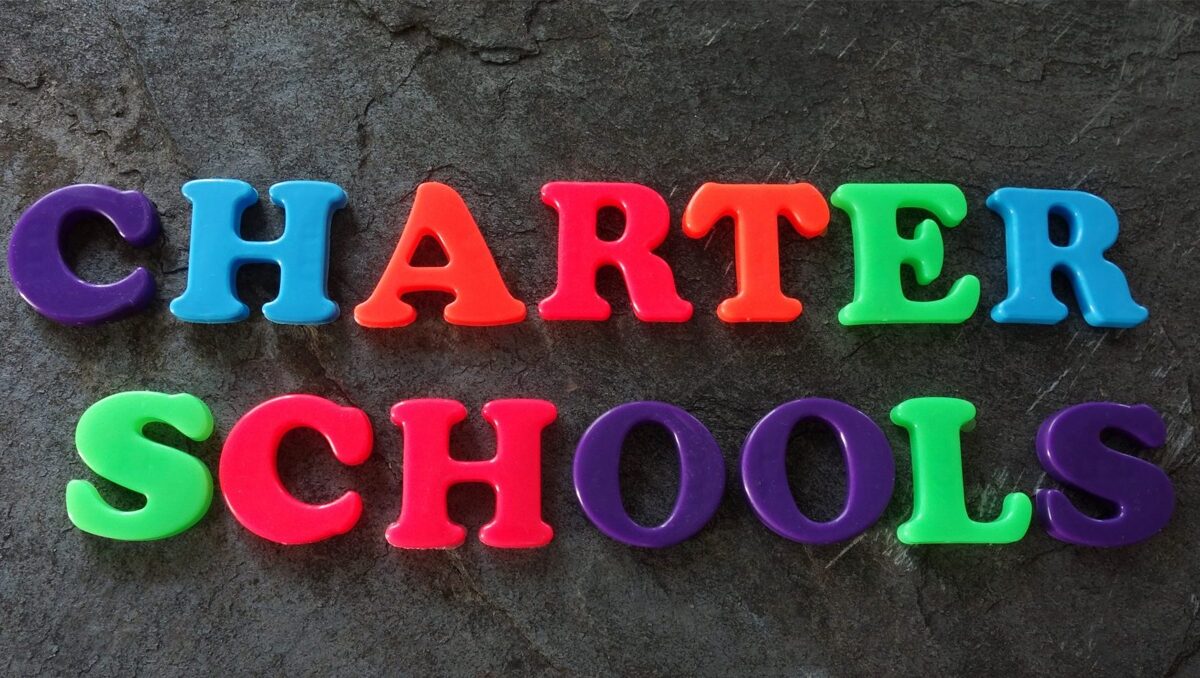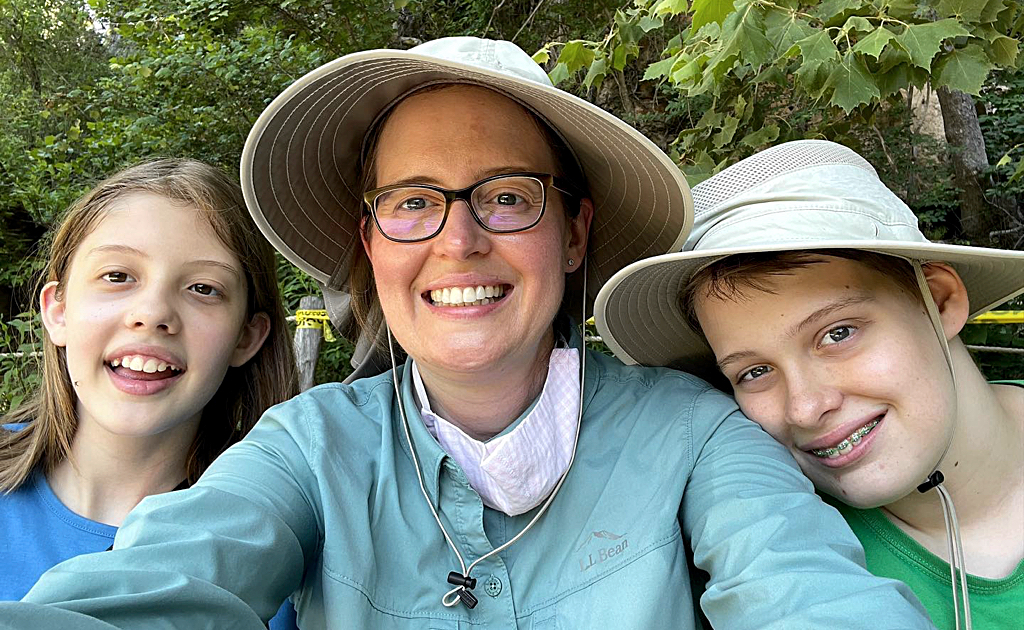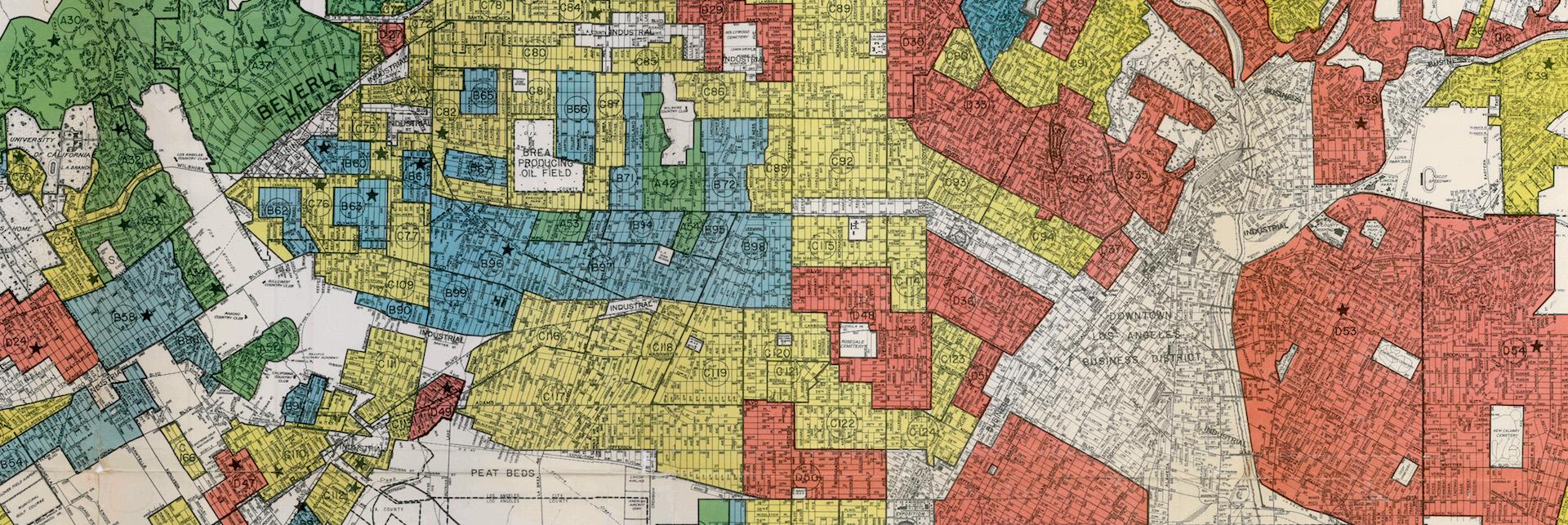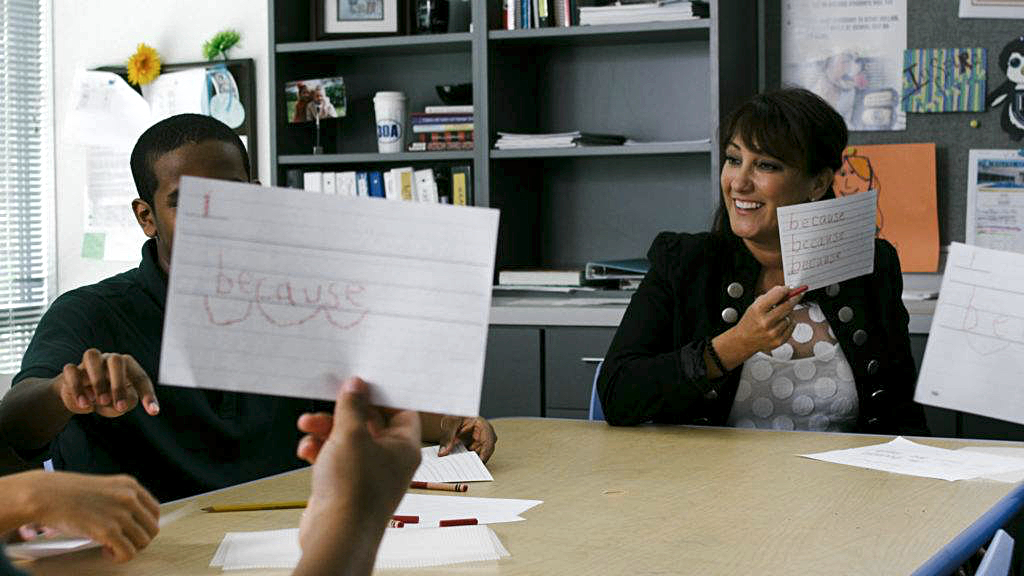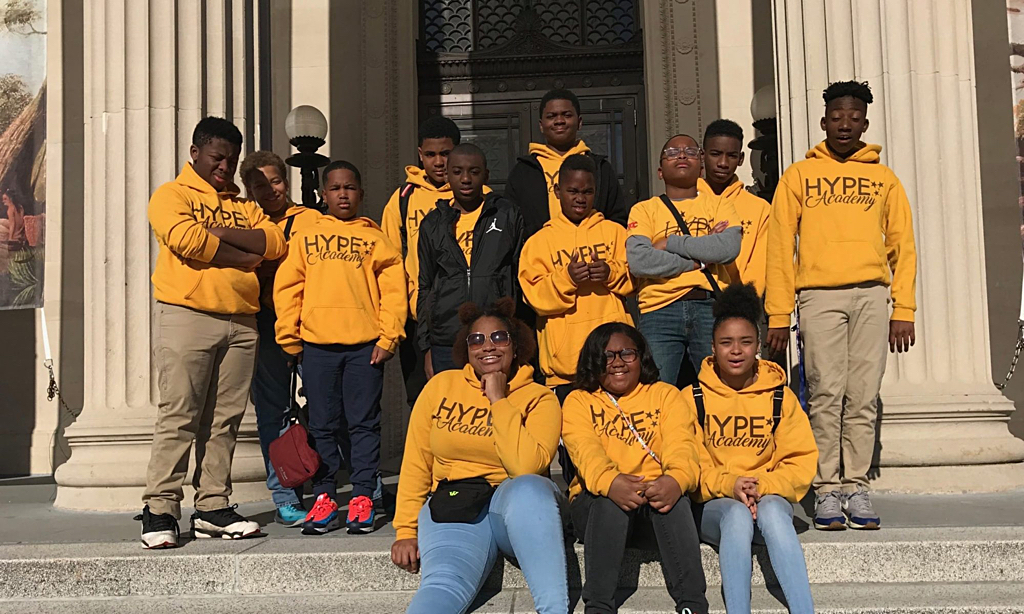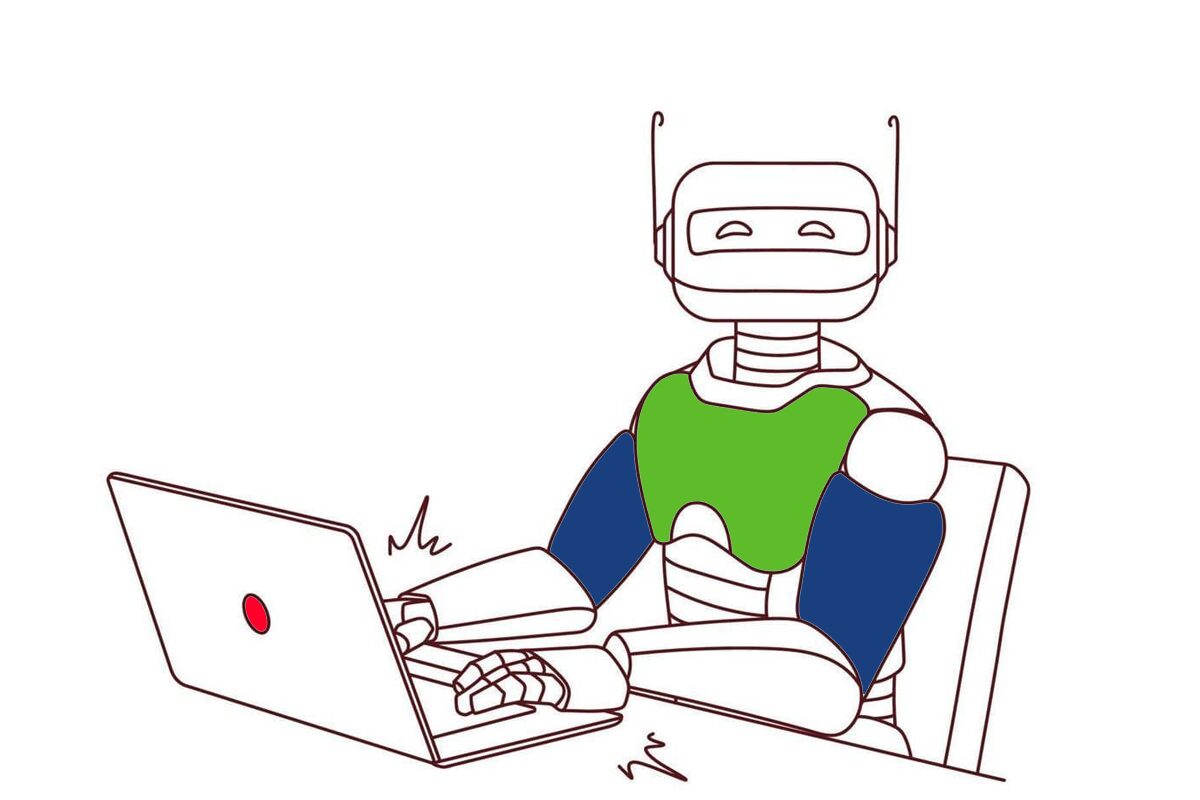
Technology’s Role in Shaping Educational Freedom
There is no denying that when technology becomes more advanced, it allows for more freedom in many areas. That is true in the realm of education. You can probably think of many ways that emerging tech can help teachers and students alike.
For instance, you may have heard of more than one AI essay writing tool online that has generated academic papers that are practically automatic. AI essays can be the answer for a writer who would like a little personalized assistance from a bot.
That’s only the iceberg’s tip, though. In this article, we’ll talk about more than just AI tools for academic writing. We’ll cover what’s available now, and also what it seems likely the future will hold.
Remote Learning
During the pandemic, teachers and students both experienced a good deal of frustration. Pupils wanted to learn, and instructors knew that those who were being cut off from classrooms were falling behind. This led to a lot of understandable consternation from parents as well.
However, during these most challenging of circumstances, several possibilities for remote lessons presented themselves. They included video conferencing systems like:
- Zoom
- Skype
- FaceTime
These kinds of bespoke video conferencing setups were easy for most individuals to access, both those trying to learn and those who were attempting to teach them. Usually, all a young person needed was a laptop, desktop, tablet, or smartphone. With Wi-Fi access, anywhere could become a classroom.
These setups might not have been ideal, but they were a trial by fire of how the most modern tech could be utilized to keep youngsters apprised of what they were supposed to be studying that week. By the time the pandemic was not such a pressing issue, many teachers and class members knew that instruction from all over the city, or even the country, was possible.
Remote Tutoring
It’s not just instructors who can communicate with their classes through these kinds of video conferencing setups. Tutoring has also been revolutionized through these tools.
In the past, the only way a struggling student could be sure of individualized assistance was if they met with a tutor in a one-on-one environment. That was a challenge, since:
- The tutor needed to get to the student, or vice versa
- Transportation for the pupil or tutor wasn’t always easy or convenient
- Some parents were uncomfortable with their kids being around an adult unsupervised in the classroom after school or elsewhere
These days, all that is needed is a Skype connection for a young person who isn’t grasping the material to get the assistance they need. This way, they won’t be lost while the rest of the class masters the lesson plan and moves on without them. What’s even better is that most of these apps or services are free.
Wi-Fi Connectedness and Fiber Optics
Wi-Fi connectivity is another way young people are now able to potentially learn remotely. They can do this at any level, from the lower grades through middle school and on into high school. Then, if they are not able to move to a campus and live there in-person, they can simply telecommute to their classes with no issues.
It is technology that allows individuals who want to learn to do so. If someone has the following, then their educational prospects are in good shape:
- A desktop, laptop, tablet, or smartphone
- Wi-Fi connectivity
- A quiet place where they can listen and work uninterrupted
To put it as succinctly as possible, it’s now easier than ever for individuals from virtually every walk of life to learn and advance in the academic world if they are intent on doing so. At the moment, in many parts of the country, fiber optic cable is being installed. These are cables that feature glass fibers inside an insulated casing. Once it comes to a neighborhood, the families who live there are able to experience lightning-fast internet speeds.
This means when a young person tries to access an app where they can meet up with their classmates and teacher in cyberspace, they can do so in real time. They are not likely to lose the connection suddenly because of the reliability of fiber optics. This is truly a new beginning for those who are determined to get their education, even if they don’t have access to transportation or are otherwise limited in various ways.
Online Apps and Courses
There are also more online options for learning than at any other time in human history. These days, someone who wants to learn at any level can find courses either taught by humans or completely independent of them.
If you’re an autodidact, meaning you like to teach yourself, you can do that with the wealth of information to be found online. If you want lesson plans that are more interactive, though, you can certainly find those as well.
Some of the better learning applications to be found in cyberspace include:
- Coursera
- Thinkific
- MasterClass
- Khan Academy
- LinkedIn Learning
- Udacity
- Skillshare
There are many others as well. Some of these apps are free, while others cost money. The ones that demand a fee to use them are often worth it, though.
If you have a particular skill that you want to learn, or if you need a refresher course in some subject for your career, you can easily do that. There are also numerous websites offering the best resources and guides for writing a top-notch research proposal, making the process easier and more accessible than ever before. The cost is negligible when you think about the many subjects that are readily available and just a few mouse clicks and keystrokes away.
Advancements in Classrooms
If a school system has a little money at its disposal, there are plenty of ways in-school learning is improving as well. The same technology that can run your smart home can also be put to good use in class.
For instance, you might have a setup in place that can detect how good or bad the air quality is in a classroom. You can also set it up to control the humidity and temperature.
Humans are better suited to learn their lessons if they are happening under optimal conditions. Schools that are willing to turn some degree of control over to artificial intelligence create the best environments for their students.
What’s Coming Next?
With AI-based tutoring, online activity data, virtual classes, blended learning experiences, and various online apps and courses, it’s a time of wonders for those who are trying to continue their education and the individuals working to facilitate that. It’s only natural to wonder what might be coming next, though.
Tech like the Oculus Rift could provide the answers. While this particular product was discontinued, it seems likely that in the not-too-distant future, virtual reality experiences could signal the next level or stage of learning.
If a young person can become familiar with a concept by engaging with it in the virtual space, it’s probable that this level of hands-on interfacing could drive their enthusiasm for learning like never before. Even some of the young people with learning disabilities or similar challenges might find this kind of stimulation to be exactly what they need to dedicate themselves to their schooling with newfound enthusiasm.
It’s fascinating to think where education could be going with tech progressing at a seemingly exponential rate.
